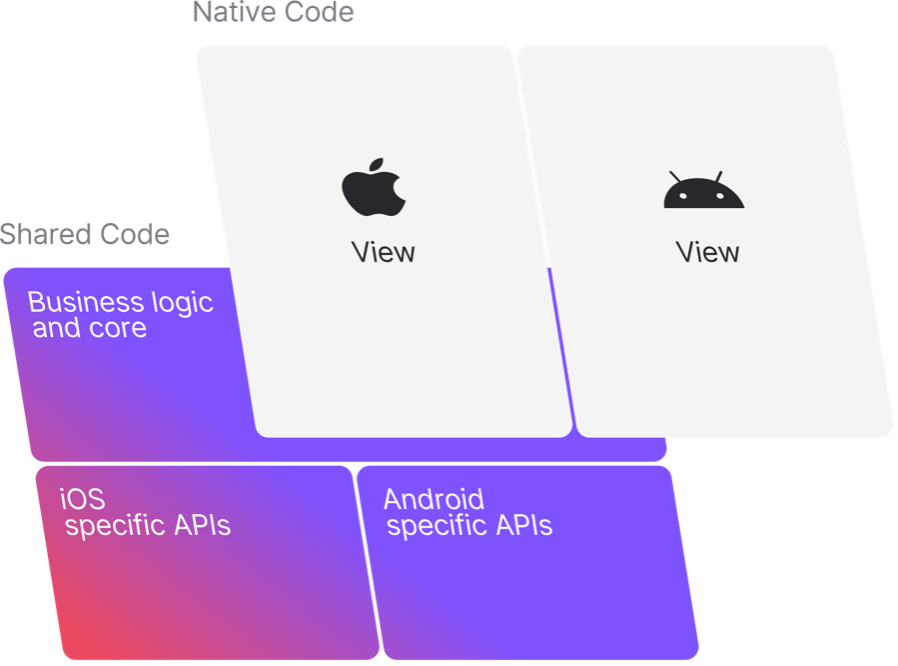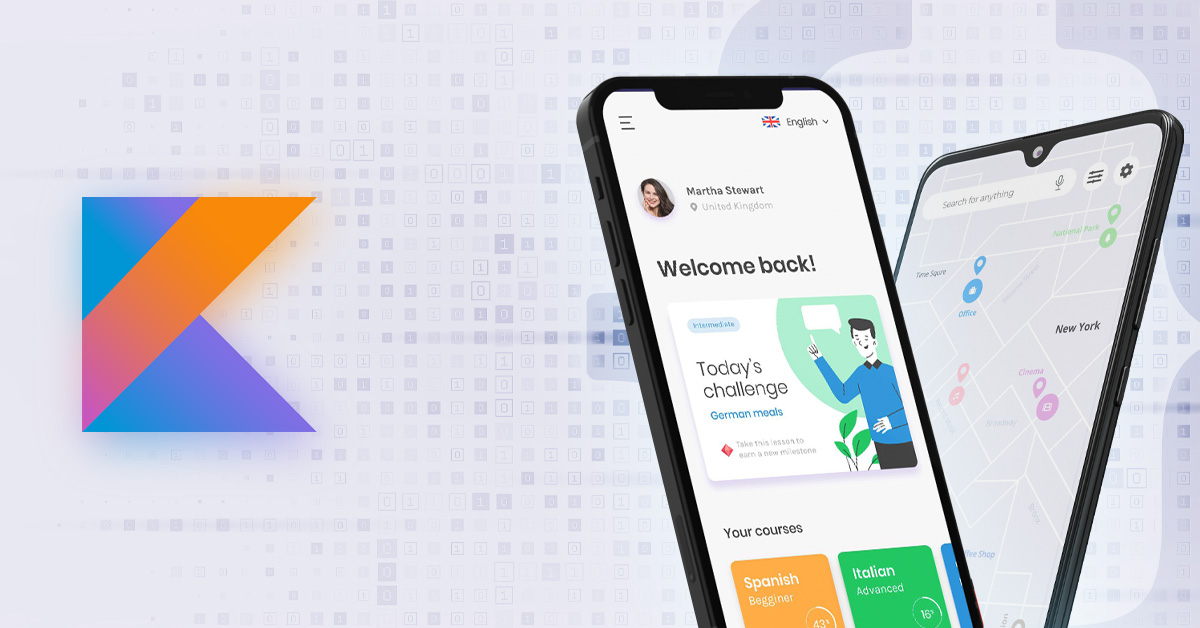Smartphone Users
By year-end, more than six million people will become smartphone users. And that number is expected to grow by several hundred million additional users in the near future. The smartphone market still has high growth potential. Revenues for global mobile users amounted to more than US $693 billion by the end of the third quarter of 2021. Android smartphones still dominate the global market with a 71.93% share, while iOS remains second with a 27.47% share.
Reaching all potential global smartphone (Android and iOS) users is a challenge. But building cross-platform applications can help by reducing development and maintenance costs.
Cross-Platform Today
Cross-platform development is gaining popularity because apps can run on multiple platforms (iOS or Android), enabling increased market reach and revenue growth. In addition, building multiplatforms provides high-efficiency output and significant cost reduction.
According to Hackernoon, in 2020, there are 11 popular multiplatforms for mobile applications. React Native is the most popular platform because you can write modules in C, Swift, Java, and other languages. But inevitably, there will be other new platforms forthcoming. Many of the new platforms will be developed using Kotlin Multiplatform Mobile.
Kotlin Multiplatform Mobile

Kotlin Multiplatform Mobile (KMM) went Alpha in August 2020. It’s an open-source Software Development Kit (SDK), prepared by the Google cross-platform mobile development team. KMM allows us to use a single codebase for the business logic for both iOS and Android apps. It only needs to write platform-specific code if we need to implement a native UI or platform-specific APIs.
Codesharing between mobile platforms is one of the primary uses of KMM. With KMM, we can build multiplatform mobile applications by sharing code, such as business logic and connectivity, between Android and iOS.

The Benefits Of KMM For Multiplatform App Development
- More concise and compatible with Java programming;
- Reduces the time to write and maintain the same code for different platforms;
- Retains the flexibility and benefits of native programming;
- Decreases time to write and maintain the same code for other platforms and share it using the mechanisms provided by Kotlin;
- Android developers are familiar with Kotlin and the Gradle build system, so there’s no problem working with KMM in developing Android and iOS.
KMM vs. Other Platforms

Conclusion
KMM is a potential platform, especially for Android developers. Android developers will find it easier to first adapt to KMM and then learn to develop the iOS platform. For iOS developers, it is not difficult to start learning Kotlin, as it’s a more concise language. The support from Google will significantly impact the development of KMM and increase its popularity.
Author:
Robet Habibi – Analyst Programmer











